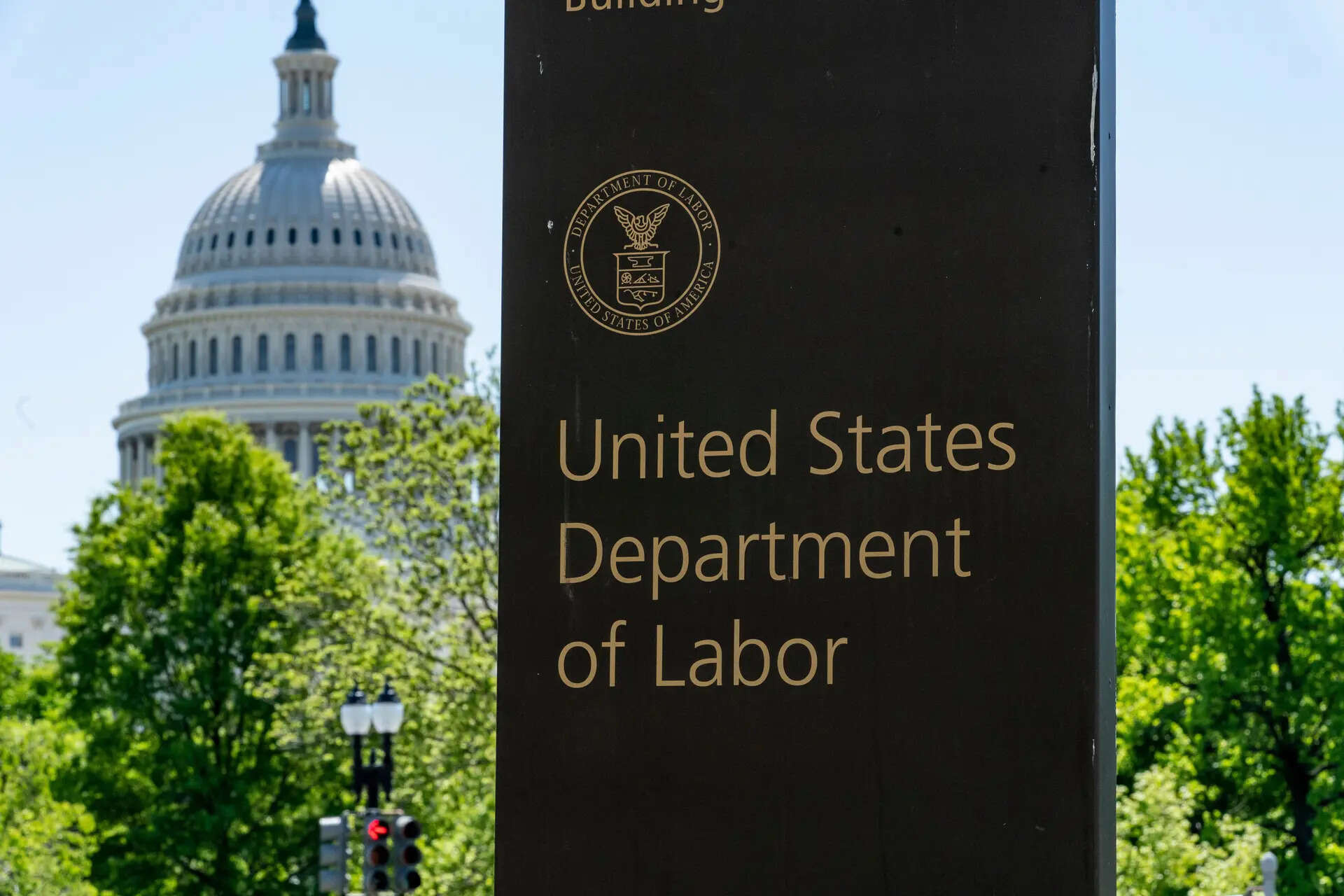The US job market showed a mixed picture in September, with employers adding 119,000 jobs, exceeding expectations. However, revisions revealed job losses in prior months, and hiring concentrated in healthcare and hospitality. The unemployment rate ticked up to 4.4%, while wage growth remained steady but unlikely to influence the Federal Reserve.
The US Jobs Report: A Deeper Dive Beyond the Headlines
The US job market is a constant topic of conversation, a barometer of economic health that everyone watches with a keen eye. The latest jobs report is out, and at first glance, it paints a picture of steady growth. September saw the addition of 119,000 jobs, a figure that suggests the American economy is still chugging along. But like peering into a complex engine, a closer inspection reveals a few potential hiccups under the hood.
The headline number, while positive, doesn’t tell the whole story. Economists and analysts are now digging deeper, scrutinizing the report’s finer points to get a more nuanced understanding of what’s really happening in the labor market. Is this sustainable growth, or are there underlying weaknesses that could spell trouble down the road?
Unpacking the September Jobs Numbers
The 119,000 new jobs added in September fell short of the 185,000 added in August. While any job creation is good news, the slowing pace raises questions. Where are these jobs coming from, and are they the kinds of high-quality, well-paying positions that fuel long-term economic prosperity?
The report indicates a notable increase in part-time jobs. While some individuals actively seek part-time work, a surge in this category can also suggest that employers are hesitant to commit to full-time roles, perhaps signaling uncertainty about future economic conditions. This trend merits careful monitoring in the coming months.
<img src="image-of-workers.jpg" alt="Diverse group of workers, representing the dynamic nature of the US job market and the search for sustainable job growth.” />
Furthermore, wage growth is another crucial indicator. While wages have been increasing, they haven’t kept pace with inflation for many workers. This means that even with a paycheck boost, the purchasing power of many Americans is being eroded. This disparity can create financial strain on households and potentially dampen consumer spending, a vital engine of economic growth.
The Impact of Interest Rates on Job Growth
The Federal Reserve’s ongoing battle against inflation is a key factor influencing the job market. To curb rising prices, the Fed has been aggressively raising interest rates. Higher interest rates make it more expensive for businesses to borrow money, which can lead to reduced investment, slower expansion, and ultimately, fewer job openings.
The delicate balancing act the Fed is attempting – taming inflation without triggering a recession – is a high-stakes game. The hope is that the interest rate hikes will cool down the economy enough to bring inflation under control, but without causing significant job losses or a major economic downturn.
What Does This Mean for the Future of the US Job Market?
So, what’s the takeaway from all this? The September jobs report presents a mixed bag. While the headline number indicates continued job creation, a deeper look reveals potential weaknesses and challenges. The slowdown in job growth, the rise in part-time employment, and the struggle to keep wages ahead of inflation are all cause for concern.
The Federal Reserve’s monetary policy will continue to play a crucial role in shaping the future of the US labor market. The effectiveness of their strategy in curbing inflation without severely impacting job growth remains to be seen. The next few months will be critical in determining whether the US economy can maintain its momentum or if it will succumb to the pressures of high interest rates and persistent inflation.
The employment landscape is constantly shifting. Keep an eye on future reports and analyses to stay informed about the evolving dynamics of the US job market. Understanding these trends is crucial for businesses, policymakers, and individuals alike, as we navigate this period of economic uncertainty. Also check out this article on preparing for potential job loss: [Internal Link to a related article].
In conclusion, while the surface of the US job market might appear calm, a deeper dive reveals currents and undertows that require careful attention. Only time will tell the true trajectory of the American economy.







